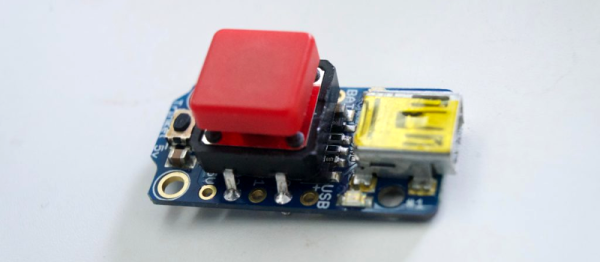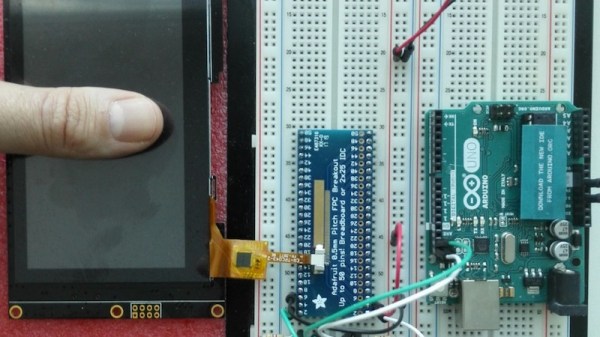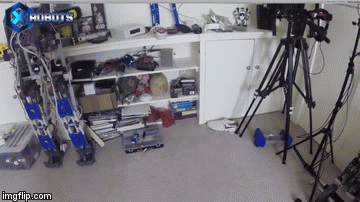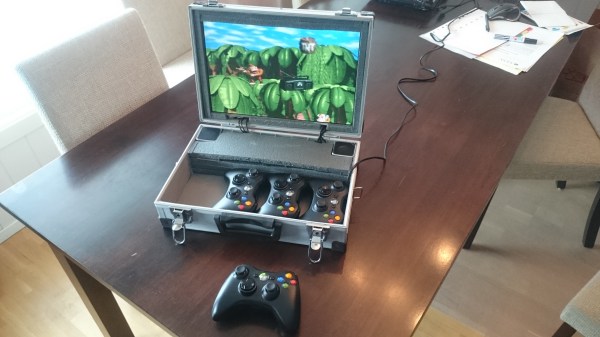As exciting as Eclipse 2017 is going to be this Monday, for some folks it might appear a bit — underwhelming. Our star only occupies about half a degree of the sky, and looking at the partial phase with eclipse glasses might leave you yearning for a bigger image. If that’s you, you’ll need to build a sun funnel for super-sized eclipse fun.
[Grady] at Practical Engineering is not going to be lucky enough to be within the path of totality, but he is going to be watching the eclipse with a bunch of school kids. Rather than just outfitting his telescope with a filter and having the kids queue up for a quick peek, he built what amounts to a projection screen for the telescope’s eyepiece. It’s just a long funnel, and while [Grady] chose aluminum and rivets, almost any light, stiff material will do. He provides a formula for figuring out how long the funnel needs to be for your scope, along with plans for laying out the funnel. We have to take exception with his choice of screen material — it seems like the texture of the translucent shower curtain might interfere with the image a bit. But still, the results look pretty good in the video below.
Eclipse 2017 is almost here! How are you planning to enjoy this celestial alignment? By proving Einstein right? By studying radio propagation changes? Or just by wearing a box on your head? Sound off in the comments.
Continue reading “Embiggen Your Eclipse 2017 Experience With A Sun Funnel”

















